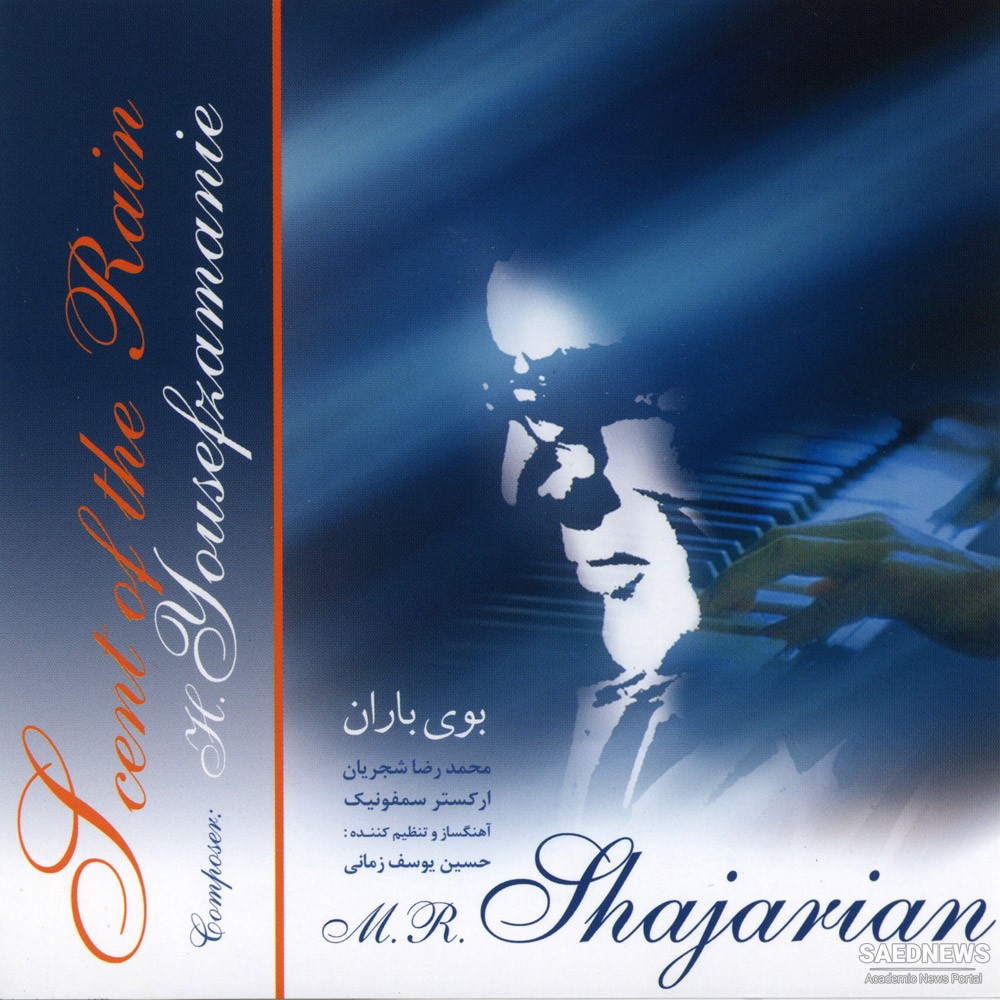Thus, the claim that the tasnif is a "miniature dastgah" or that the listener can get a reduced picture of the dastgah from listening to a tasnif is somewhat exaggerated. Large numbers of tasnif-ha have been published and are now obtainable in Tehran. Among the collections of tasnif-ha is a large volume containing fifty ballads by one of the most prolific modern tasnif writers, Amir Jahed.
Tasnif-ha are regularly printed in the issues of the radio station's magazine 2 2 and in the periodical Muzik-e Iran. The ability to read musical notation, however, is not yet universal among Iranian musicians, and many singers still learn tasnif-ha by rote. When notated, the tasnif appears only in melodic outline. As in the music of the radif, the singer is expected to embellish the tasnif liberally, creating an individual nuance or expression (halat). Singers are judged favorably when they are able to add long and profuse embellishments to a melody. The early notated tasnif-ha also contained no notated part for the instrumentalist, since he was expected to improvise his part as in the accompaniment of avaz in the radif.
During the late twenties and thirties, the composer and theorist Ah Naqi Vaziri began the practice of adding to the tasnif a composed instrumental introduction and several orchestral ritornelli. In the tasnif-ha written today, after every verse or two is a section for instruments. A further development that Occurred about this time was the harmonizing of tasnif-ha. It is now common practice for the tasnif-ha used on radio and television to be harmonized and scored for orchestra. See Example 107.
The tasnif may be sung by itself or may be incorporated into a suite that uses the other composed forms, pish-daramad and reng, or it may be performed before and after a portion of avaz from the radif. Within classical Persian music, the tasnif is presently the form where the greatest experimentation is occurring. A development with much potential is the instrumental tasnif, a piece for solo instrumentalist and drummer based on a vocal tasnif. These compositions are now widely played and, with their attractive rhythms and melody, are rapidly displacing the classical radif. Just as instrumental transcriptions of vocal pieces heralded the development of independent instrumental music in the West, the instrumental tasnif appears to be having the same function in Persia. Example 108 presents a tasnif for the santur in the dastgah of Chahargah.


 Composed Persian Music
Composed Persian Music














































